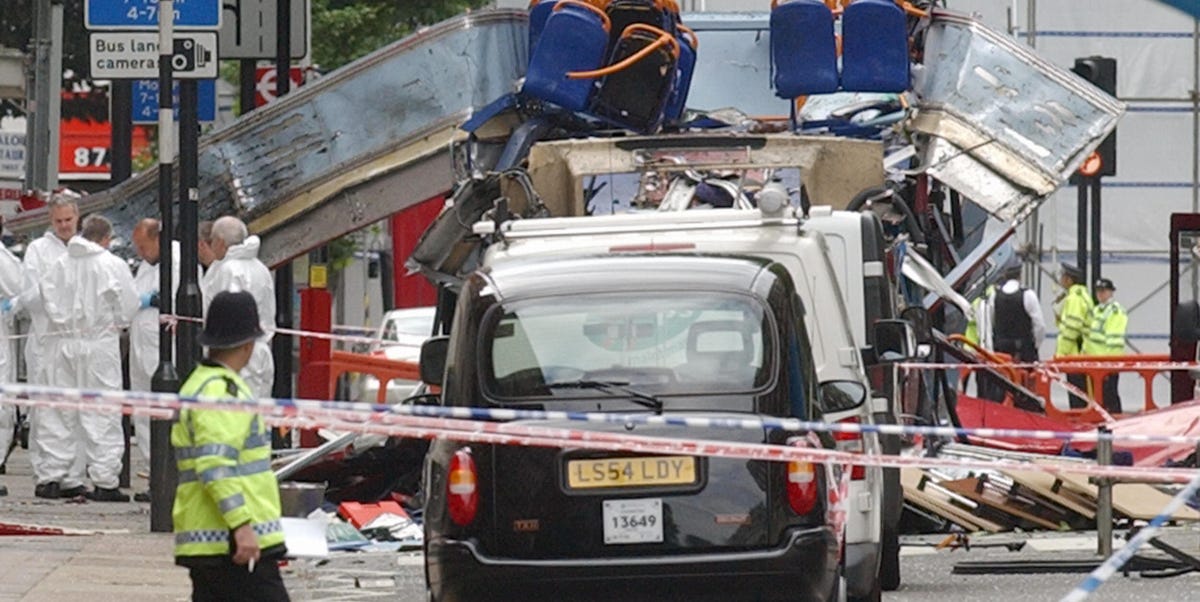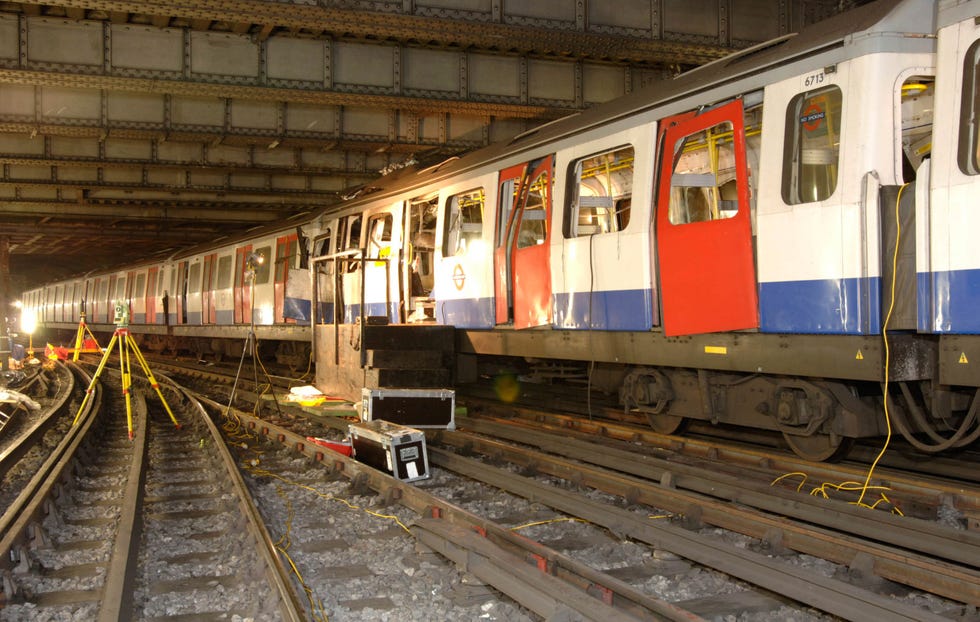It was meant to be an ordinary Thursday for millions of Londoners, who traipsed towards the tube, sleepy-eyed, as they took their usual commute to work.
However, the events of 7 July 2005 were set to change the capital forever. They also changed the personal lives of hundreds who were injured or lost a loved one, when four men decided to detonate home-made explosives – three on the London Underground, and one on a bus – in an act of extremist terrorism that shocked Londoners and the world.
Now, a new Netflix series is set to examine the tragic circumstances which led up to this event, and the shocking aftermath that saw a similar, copycat attack in London just two weeks later. Luckily this second attack, known as the 21/7 bombings, failed.
But who were the men behind the 7/7 bombings, which killed 52 and injured 784 more? In light of the renewed interest, and with the 20th anniversary of the attacks on the horizon, we look at the perpetrators who caused chaos in the capital.
The 7/7 London BombersMohammad Sidique Khan 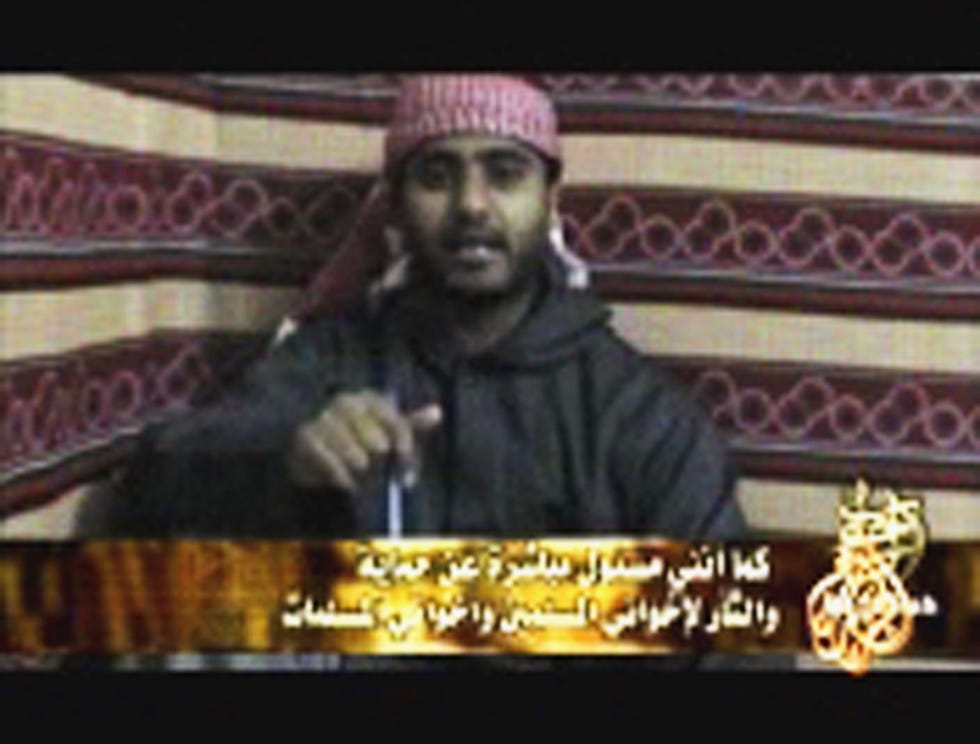
getty images
The 30-year-old, who was born in Britain and raised in Leeds, worked as a teaching assistant at a local primary school. Married and with a daughter, those who knew Khan described him as a “quiet” individual. He was the considered the ‘lead’ bomber, and was considered by others involved in the attacks as a ‘father figure’.
It was in the early 2000s that Khan started to flirt with more extremist beliefs, and in 2001, he began to frequently travel to Pakistan where he attended training camps associated with Al-Qaeda. He was reportedly in contact with London-based Al-Qaeda operatives. The Iqra bookshop, based in Leeds, was a place where Khan held late-night discussions about the ‘evils’ of Western foreign policy, such as the UK and US’s involvement in conflict in Muslim countries. It was within these local circles, including family connections, nearby gyms and mosques, that Khan and the other three bombers became connected. The four used a rental house in the area in order to build their explosive devices.
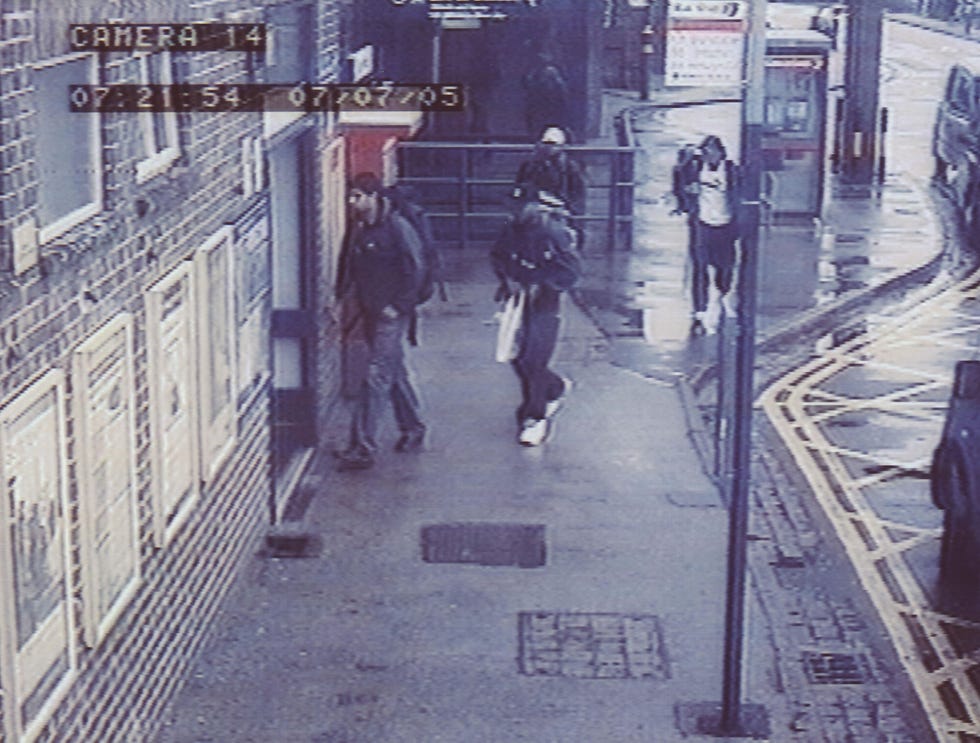
Handout
While Khan did not have any criminal convictions, he was monitored by MI5 in 2004 due to his indirect association with another plot, spearheaded by Omar Khyam, to set off a wave of fertiliser-based explosions around the country. However, surveillance was dropped as there was not enough evidence to keep trailing him at the time.
On 7 July, Khan, alongside the three other bombers, left Leeds and headed to Luton. The men then travelled by train to London’s King’s Cross station. Khan boarded a Circle Line tube train, detonating his bomb at Edgware Road station, killing six people.
The bombing was actually meant to take place the day before, however, Khan was forced to delay the operation due to complications with his wife’s pregnancy, which meant he needed to take her to hospital. The earlier plan was for the four suicide bombers to set off their bombs at Bond Street, South Kensington, Paddington and Westminster stations.
In a video, released in September 2005 by Al Jazeera Television, a pre-recorded clip of Khan saw him attempt to justify his actions.
“Your democratically elected governments continually perpetrate atrocities against my people all over the world,” he said. “Your support makes you directly responsible. We are at war and I am a soldier. Now you too will taste the reality of this situation.”
Shehzad Tanweer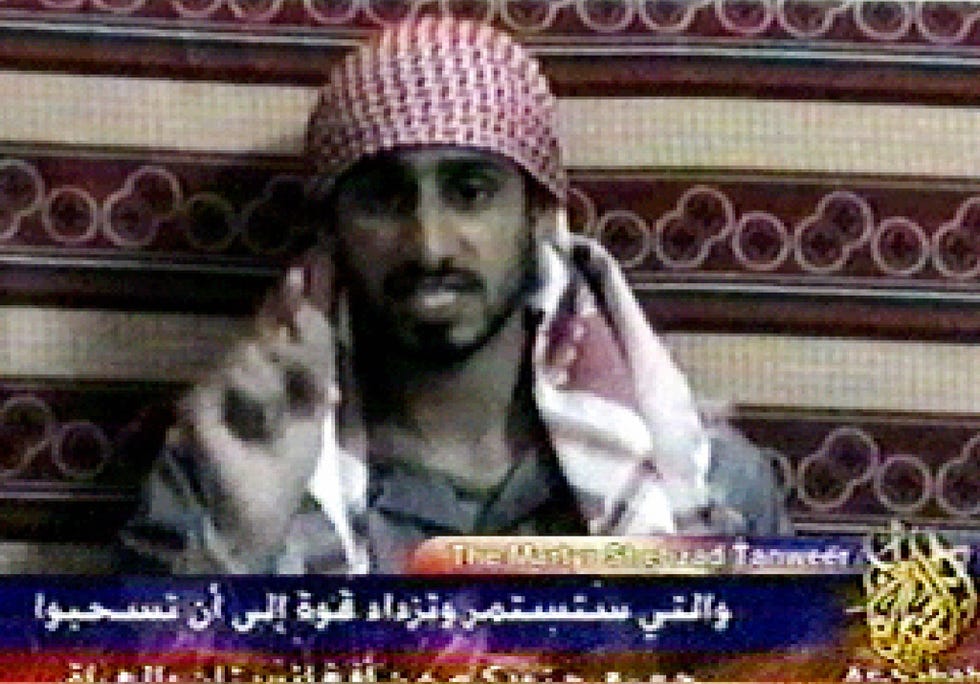
AFP//Getty Images
The 22-year-old, who was also born in Britain and lived in Leeds, was the son of a prominent businessman. Tanweer worked in one of his father’s fish and chip shops at the time of the attack.
Tanweer attended several mosques, including Bengali and Stratford Street mosque in Beeston, Leeds, where two of the other London bombers, Khan and Hasib Hussain, are also believed to have worshipped. Tanweer’s sister was married to Khan, with Khan and Tanweer known to have headed to Pakistan together to attend a terrorist training camp.
On the day of the attack itself, Tanweer travelled eastbound on the Circle line from Kings Cross, detonating his bomb on a train between Liverpool Street and Aldgate stations, killing seven people.
A year after the 7/7 bombings, a video statement by Tanweer was broadcast by Al-Jazeera, where he said: “What you have witnessed now is only the beginning of a string of attacks that will continue and become stronger until you pull your forces out of Afghanistan and Iraq. And until you stop your financial and military support to America and Israel.”
Germaine Lindsay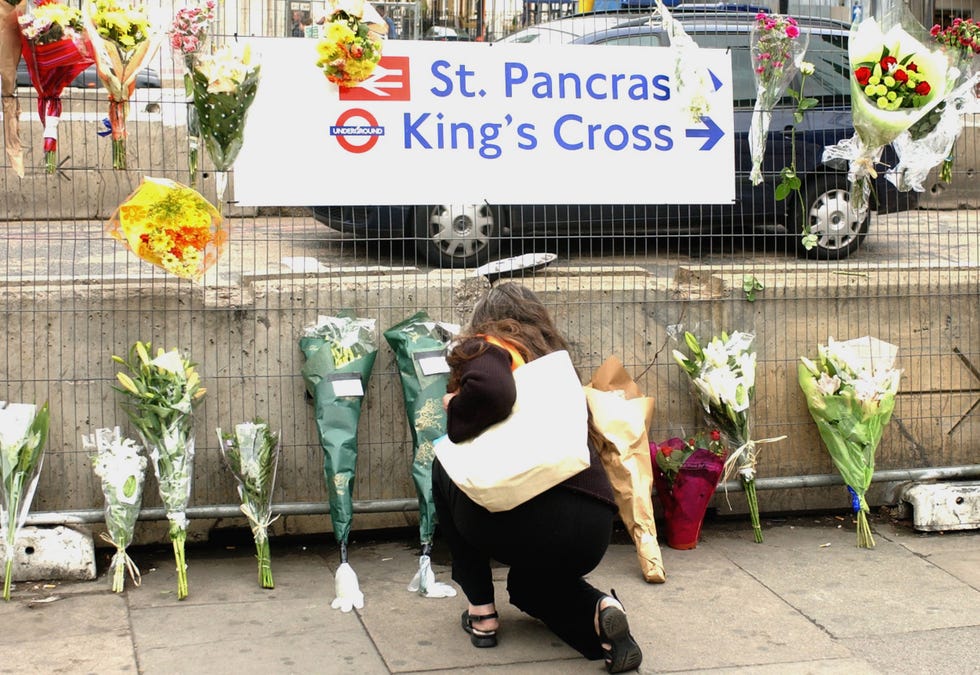
MARTYN HAYHOW//Getty Images
Also known as ‘Abdullah Shaheed Jamal’, the 19-year-old was born in Jamaica and moved to the UK when he was just five with his mother. The family settled in Huddersfield – where Lindsay would eventually meet ringleader Khan.
Lindsay converted to Islam in 2000 alongside his mother, and attended classes where he read the Quran and learned Arabic. It has been claimed that he was radicalised by extremist preacher, Abdallah al-Faisal, who was eventually imprisoned in 2003 for inciting racial hatred and murder.
After Lindsay’s mother relocated to the United States, Lindsay, still only a teenager, was left alone in Huddersfield, where he claimed benefits and worked odd jobs, such as carpet fitting and selling mobile phone covers.
In 2002, Lindsay married Samantha Lewthwaite, a white British convert to Islam whom he had met on the internet and then later, at a protest. He then moved to Aylesbury, where Lewthwaite was based. Lewthwaite herself has since gained notoriety as a terrorist, with links to Somalia-based radical Islamic militant group Al-Shabaab after Lindsay’s death.
Handout//Getty Images
On the day of the 7/7 bombings, Lindsay met the other assailants in Luton. He detonated his bomb on the Piccadilly line, between King’s Cross St Pancras and Russell Square tube stations. He killed 26 people.
Hasib Hussain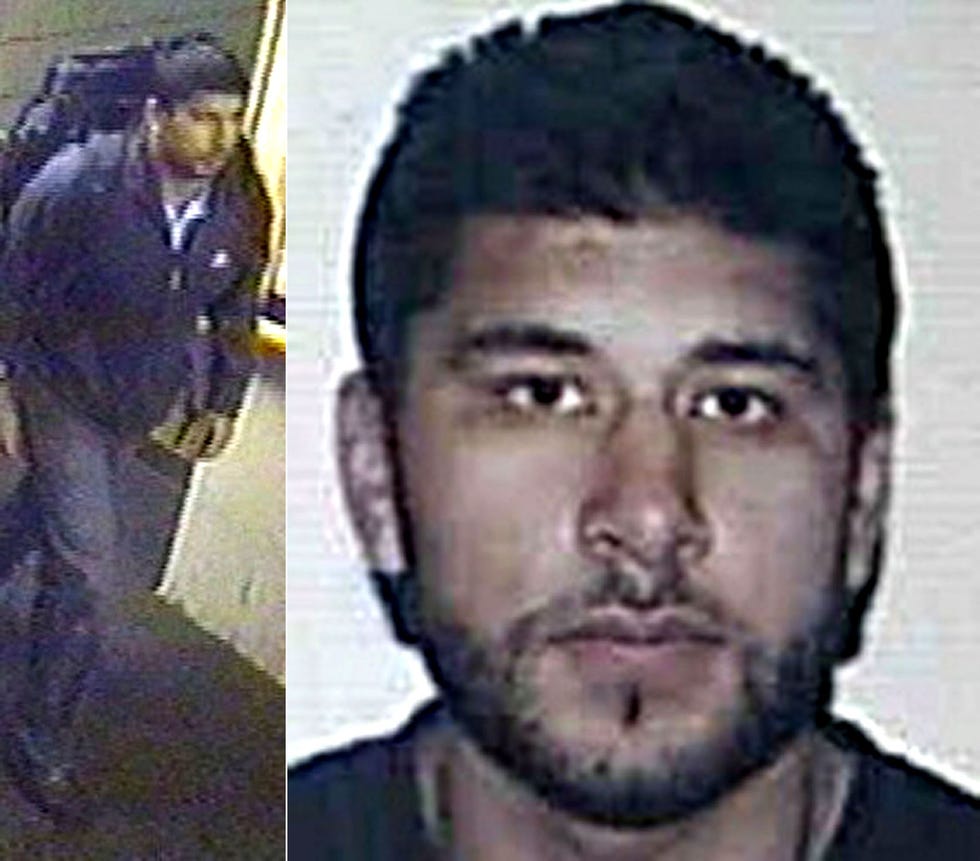
Handout//Getty Images
The 18-year-old was born in Leeds and was described as “quiet” by those who knew him. He was a keen sportsman, playing football and cricket on local teams. Teachers who knew him described Hussain as “a slow, gentle giant”. It was in the latter half of 2003 that Hussain met Khan and Tanweer, with the three all believed to attend the Stratford Street Mosque in Beeston.
In the months before the attacks, Hussain had rented a small flat in the Chapeltown area of Leeds – thought to be the property that was used to make the explosives used in the 7/7 bombings.
On the day of the attacks, Hussain travelled down with Khan and Tanweer from Leeds to Luton, where Linsday met them. It is thought that Hussain was intending to target a Northern line train – however, that morning, Northern line services had been suspended. CCTV shows Hussain in Boots at King’s Cross, trying to get hold of the other bombers – who, at this point, had already detonated their devices. Around 50 minutes later, he detonated his bomb on the Number 30 bus heading from Marble Arch to Hackney Wick.
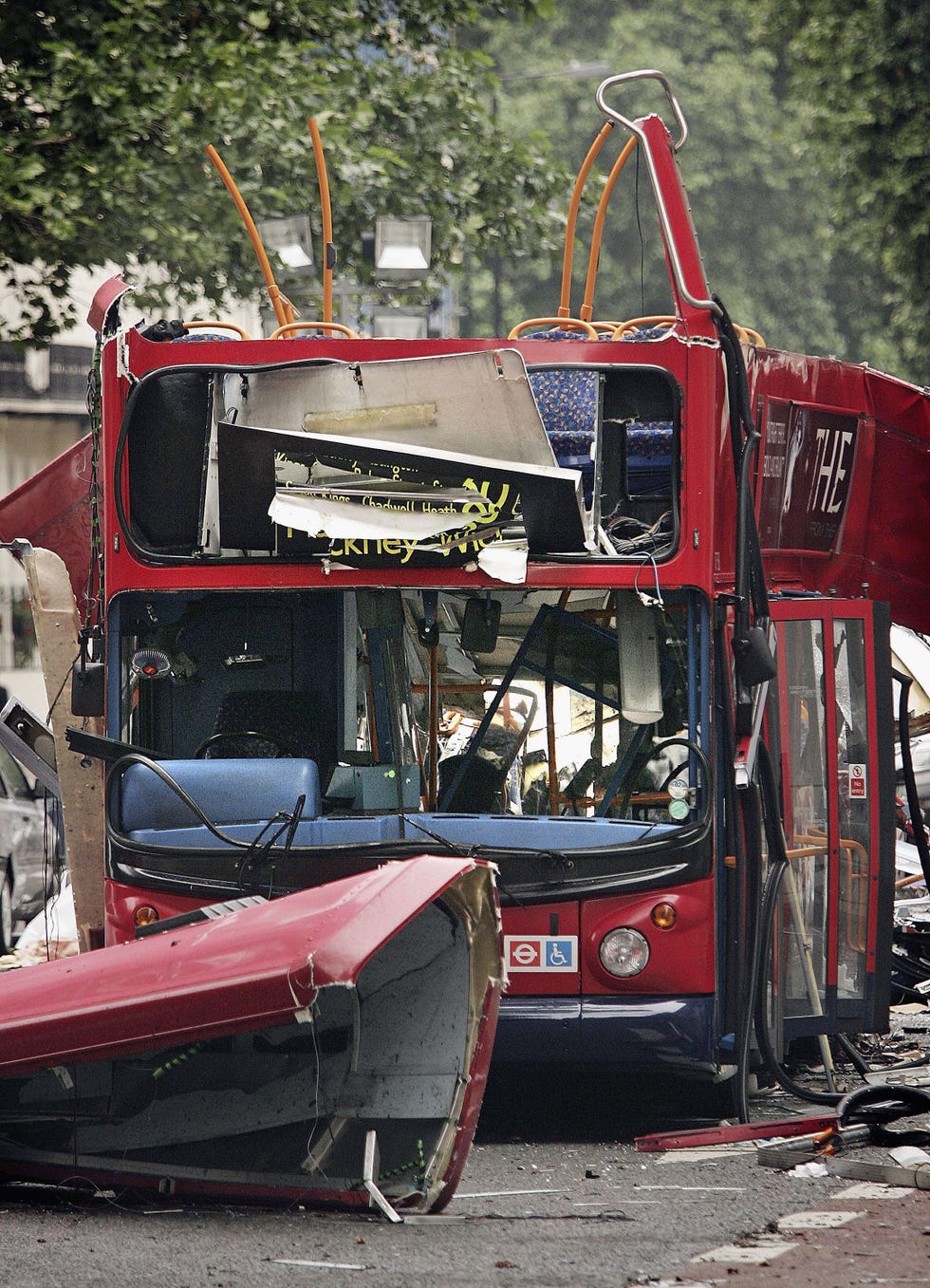
Peter Macdiarmid//Getty Images
On 7 July, Hussain’s family reported him missing, having previously been told he was going up to London to visit friends.
In a statement, his family later said Hussain had been “a loving and normal young man who gave us no concern”.
“We are having difficulty taking this in,” they said.
“Our thoughts are with all the bereaved families and we have to live ourselves with the loss of our son in these difficult circumstances.
“We had no knowledge of his activities and, had we done, we would have done everything in our power to stop him.”
What happened during the 7/7 London bombing attacks?
At 06.51am on 7 July, all four suicide bombers met at Luton train station, getting their explosives out of the boot of a rented Nissan Micra. They got on a delayed train to King’s Cross, which arrived at 08.23 – entering the London Underground shortly after. At 08.26am, they each look to board different trains.
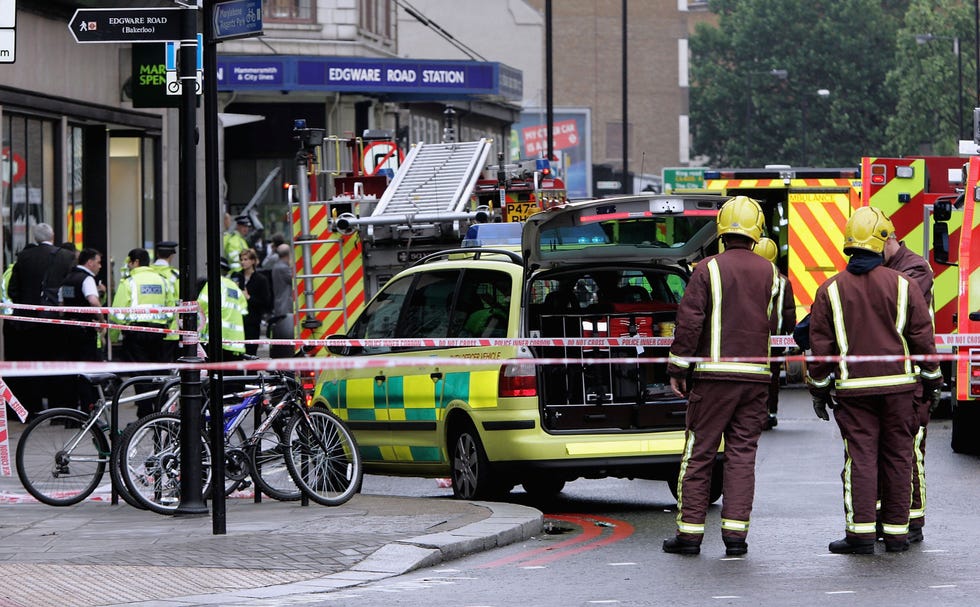
Gareth Cattermole//Getty Images
At 08.49, Khan, Tanweer and Lindsay’s bombs all detonate within 50 seconds of each other. Tanweer sets off his bomb between Liverpool Street and Aldgate stations on the eastbound Circle Line, killing seven. Khan, on a westbound Circle Line train, detonates his rucksack between Edgware Road and Paddington, killing six. Lindsay, on a packed westbound Piccadilly Line train, sets off his bomb between King’s Cross and Russell Square, killing 26.
At 09.13am, an emergency was declared on the London Underground. A further instruction was sent at 09.40am to begin evacuating an estimated 200,000 passengers from more than 500 trains. At 09.47am, Hussain detonates his bomb on the number 30 double-decker bus in Tavistock Square, near King’s Cross, killing 13 people.
How many people died in the 7/7 July bombings?
As well as the four suicide bombers, 52 people were killed in the attacks, with a further 784 injured. It was the UK’s deadliest terrorist incident since the 1988 Lockerbie bombing when a Pam-Am airlines flight exploded over the Scottish town, killing all 259 passengers and 11 people on the ground.
Attack on London: Hunting the 7/7 Bombers is available to watch on Netflix now
Related Stories
Kimberley Bond is a Multiplatform Writer for Harper’s Bazaar, focusing on the arts, culture, careers and lifestyle. She previously worked as a Features Writer for Cosmopolitan UK, and has bylines at The Telegraph, The Independent and British Vogue among countless others.
